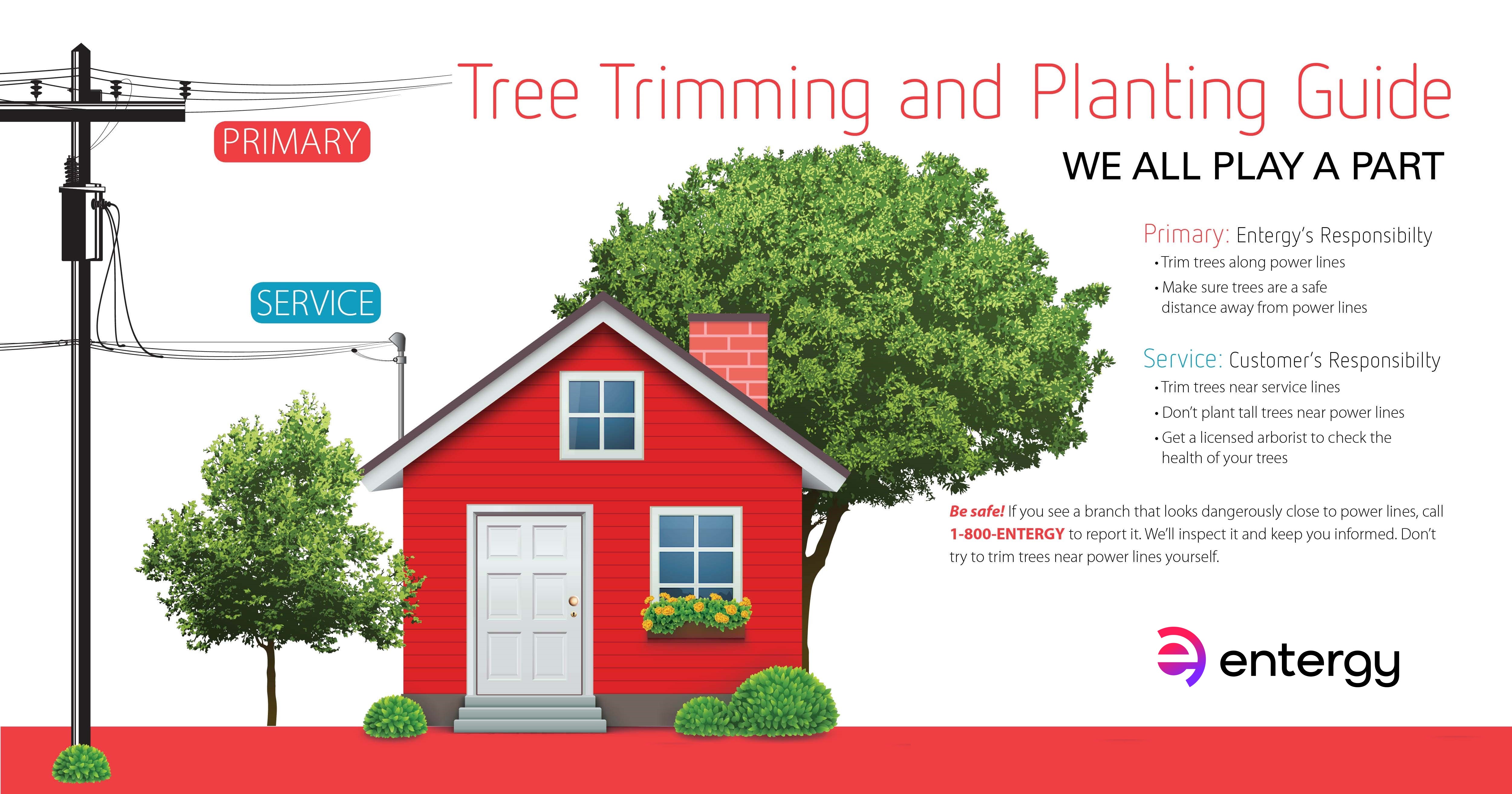Indications It's Time To Eliminate A Tree - A Homeowner'S Guide
Indications It's Time To Eliminate A Tree - A Homeowner'S Guide
Blog Article
Authored By-Mcmahon Abrahamsen
Trees add beauty and value to home, yet they can likewise present a threat throughout severe weather condition events. If a tree has stopped growing, is showing noticeable fungal development, or has a leaning trunk, it ought to be gotten rid of by a specialist to avoid home damage and injury.
To find out more, attend a homeowner resource reasonable co-hosted by HPD, the Center for New York City Neighborhoods, and Brooklyn-based real estate companions this evening in Bedford-Stuyvesant. The occasion will certainly include the Home owner Manual, a brand-new overview to assist homeowners browse the duties of having a home.
1. Dead or Perishing Branches
Trees are an indispensable part of your home's landscape, offering shade and charm. They likewise give sanctuary for wild animals and create oxygen, but even healthy and balanced trees can experience health issue that may necessitate their elimination. Dead or passing away trees aren't just unpleasant, they can be dangerous. https://www.businessinsurance.com/article/20191101/NEWS08/912331464/Tree-removal-firm-fined-after-worker-killed-by-chipper can drop during a storm, resulting in costly residential property damage and injuries.
When a tree's branches start to die, it implies that its framework is beginning to break down. If over at this website of its branches are dead, it is most likely time to remove it.
Search for a lack of brand-new development, bark peeling, open wounds or tooth cavities, fungis expanding on the trunk or roots and a general look of decay in the whole canopy. These signs of infection can suggest a severe issue that will certainly call for specialist tree services to settle.
2. Leaning Trunk
While it's typical for trees to lean once in a while due to phototropism, if a tree has an unsafe or serious lean that's not as a result of natural processes - maybe a sign that the tree requires to be removed. If the tree is favoring a high-voltage line, home, automobile, play framework or any other area that could be dangerous to individuals if it drops, then speaking to a professional tree solution for removal must be a leading concern.
It's also essential to expect any sudden changes in a tree's leaning as it can show damage to the roots or trunk that might cause falling. This is specifically real during stormy weather, given that high winds and rain-soaked soil can trigger a lean to transform swiftly. Regular tracking, particularly during and after storms can aid house owners identify potential troubles with their trees so they can call an arborist for a comprehensive assessment.
3. Pest Problem
Some pest problems, such as wood-boring pests like emerald ash borer or sap-suckers like range insects, are so serious that they can cause a tree to pass away. The most effective way to stop pest invasion is to check your trees often. Look for areas, holes, or discolorations in the fallen leaves and bark. Take a look at the trunk for fractures and indicators of insect damages, such as passages or tracks.
If a tree becomes too plagued with insects, or is close to a home or power lines, an arborist might suggest elimination. If a leaning tree creates a brand-new, unsteady lean, an arborist will likely advise elimination too to make certain the safety of people and building. If a weakened or dead tree continually sheds extreme branches, it is an indication that it is time to get rid of the tree. If a tree continues to shed branches for a prolonged time period, it could bring about architectural troubles and possible home damages.
4. Harmed Trunk
Trees are a lovely and fundamental part of our landscape, but they do call for routine care to maintain them healthy and risk-free. If a tree is harmed irreparable it is most likely time for it to come down.
Search for indicators of damages to the trunk, including vertical splits, seams, dead branch stubs, visible injuries or open dental caries and serious tree-rot. arborist supplies of fungi at the base of the trunk is one more cautioning indicator. Fungi might indicate that the phloem and xylem (life-support tissues) are endangered, allowing for the spread of condition or a future failing.
Additionally, take into consideration whether the tree has stopped expanding. Healthy and balanced trees will have brand-new growth yearly, which might show up as buds or branches sprouting and prolonging. If you don't see any kind of new development, it's a good idea to have an arborist review the tree and follow their recommendation for elimination. A dying or damaged tree can drop and create home damage.